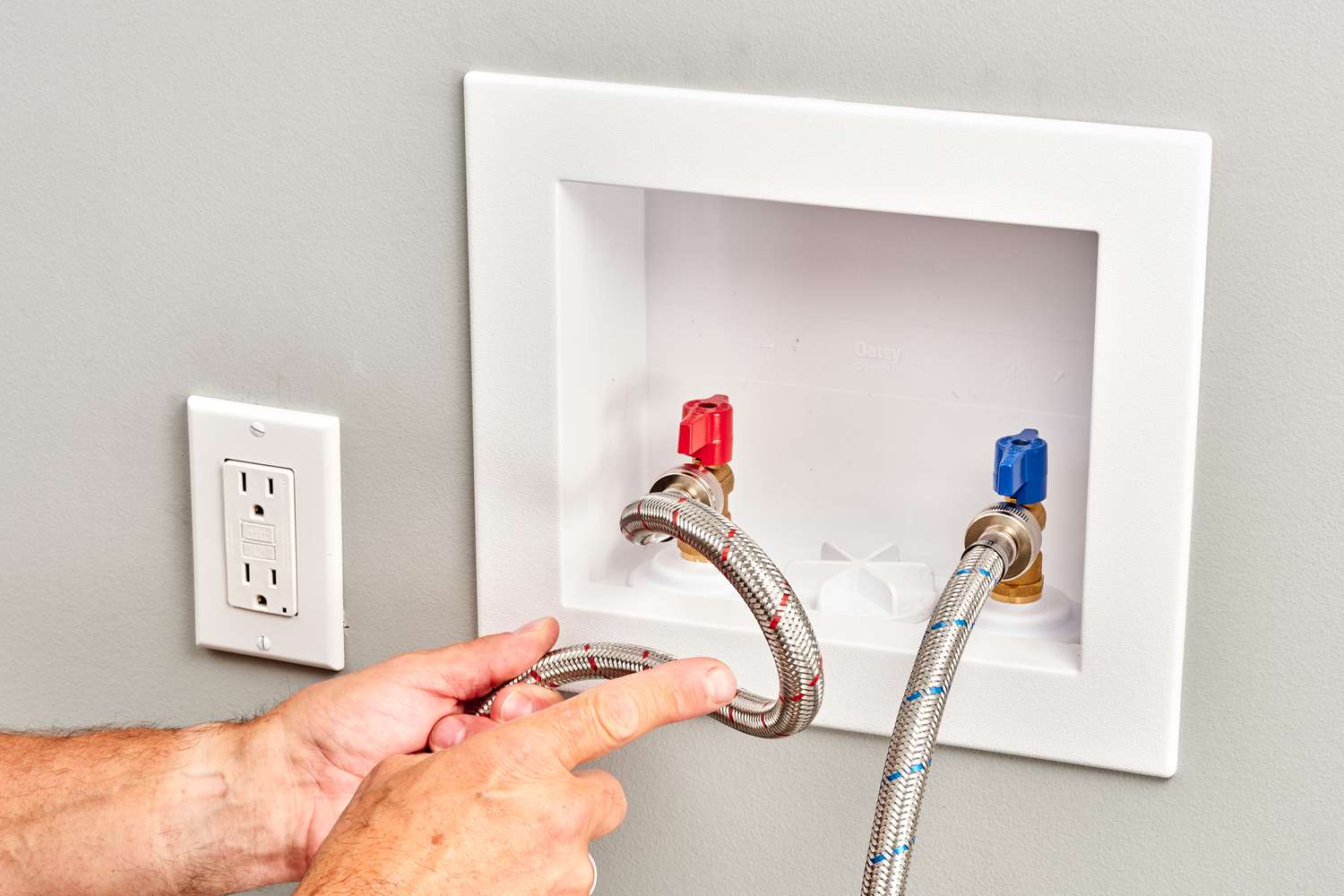

Articles
How To Hook Up Washer Hoses
Modified: March 2, 2024
Learn how to properly hook up washer hoses in this informative articles. Avoid leaks and ensure optimal performance for your washing machine.
(Many of the links in this article redirect to a specific reviewed product. Your purchase of these products through affiliate links helps to generate commission for Storables.com, at no extra cost. Learn more)
Introduction
Welcome to the world of washer hoses!
Whether you’re setting up a new washing machine or replacing old hoses, knowing how to hook up washer hoses is an essential skill for any homeowner. Properly installing the hoses ensures a steady supply of water to your machine, preventing leaks and potential damage to your laundry room.
In this article, we will guide you through the process of hooking up washer hoses step by step. We’ll cover everything from gathering the necessary materials to checking for leaks and ensuring a successful connection.
But before we dive into the details, it’s important to prioritize safety. Working with water and plumbing systems can be hazardous if not done correctly. Always follow safety precautions, such as turning off the water supply and wearing protective gloves.
Now, let’s get started and make sure you have everything you need to complete this task!
Key Takeaways:
- Properly hooking up washer hoses is crucial for preventing leaks and water damage. Follow safety precautions, gather materials, and test for leaks to ensure a successful connection.
- Regular maintenance and inspection of washer hoses can help prevent potential issues. Secure connections, check for leaks, and test the machine to ensure a reliable laundry setup.
Read more: How To Hook Up A Washer Drain Hose
Safety Precautions
Before you begin hooking up washer hoses, it’s crucial to take some safety precautions to minimize any potential accidents or damage. Here are some key safety measures to keep in mind:
- Turn off the water supply: Before disconnecting any hoses, locate the shut-off valve for the water supply to your washing machine. Turn it off to prevent any water flow during the installation process.
- Wear protective gloves: Handling hoses and plumbing components may expose you to sharp edges or contaminants. Wear gloves to protect your hands from injury or exposure to any harmful substances.
- Inspect the hoses: If you’re replacing old hoses, carefully examine them for any signs of wear, cracks, or leaks. Replace them if necessary to avoid future issues.
- Use a flashlight: The area behind your washing machine can be dark and cramped. Use a flashlight to improve visibility and ensure you can properly connect the hoses.
- Follow manufacturer’s instructions: Different washing machines may have specific guidelines or requirements for connecting hoses. Refer to the manufacturer’s instructions to ensure you’re following the correct procedure.
Remember, if you’re unsure about any step or encounter any difficulties, don’t hesitate to seek professional help. It’s better to be safe than sorry when it comes to handling plumbing-related tasks.
Now that you’re aware of the safety precautions, let’s move on to gather the necessary materials for this project.
Step 1: Gather Necessary Materials
Before you can hook up the washer hoses, you’ll need to gather a few essential materials. Having everything on hand will make the installation process smoother and more efficient. Here’s a list of items you’ll need:
- New washer hoses: Purchase a set of new hoses specifically designed for washing machines. These hoses are typically made of durable materials like stainless steel or reinforced rubber to ensure longevity and prevent leaks.
- Adjustable wrench: You’ll need an adjustable wrench to loosen and tighten the hose connections. This versatile tool will help you secure the hoses in place.
- Plumber’s tape: Plumber’s tape, also known as Teflon tape, is a thin white tape made of PTFE. It’s used to create a watertight seal between threaded connections, preventing leaks.
- Bucket or towel: Keep a bucket or towel nearby to catch any water that may spill during the hose removal process. This will help minimize any potential mess.
- Flashlight: A flashlight will come in handy to provide additional illumination in the tight space behind your washing machine, allowing you to see the connections more clearly.
Make sure you have these materials prepared before proceeding to the next steps. Now that you’re properly equipped, it’s time to turn off the water supply and disconnect the old hoses.
Step 2: Turn Off the Water Supply
Before you begin the process of hooking up the washer hoses, it’s crucial to turn off the water supply to your washing machine. This step is essential to prevent any water flow or leaks during the installation process. Here’s how to do it:
- Locate the shut-off valve: The shut-off valve is typically located behind your washing machine. It may be a lever or a knob that you can turn to shut off the water supply.
- Close the shut-off valve: Turn the lever or twist the knob to close the shut-off valve. This action will stop the flow of water from reaching the washing machine.
- Test the water supply: To ensure that the water supply is indeed turned off, test it by starting a cycle on your washing machine. If no water fills the drum, it means the shut-off valve is successfully closed.
Turning off the water supply is a crucial step to prevent any potential water damage or leaks during the installation process. Now that the water supply is shut off, we can move on to the next step: disconnecting the old hoses.
Step 3: Disconnect Old Hoses
Now that you’ve turned off the water supply, it’s time to disconnect the old hoses from your washing machine. Follow these steps to safely remove the existing hoses:
- Position a bucket or towel: Place a bucket or towel beneath the hoses to catch any residual water that may spill during the disconnection process.
- Locate the hose connections: Identify the hot and cold water hose connections on the back of your washing machine. They are usually marked with “H” for hot and “C” for cold.
- Use an adjustable wrench: Using an adjustable wrench, grip the nut on one end of the hose connection. Rotate it counterclockwise to loosen the nut.
- Disconnect the hose: Once the nut is loose, continue unscrewing it by hand until the hose detaches from the washing machine. Repeat this step for the second hose connection.
- Drain any remaining water: After removing the hoses, you may notice some water remaining in the hoses or the washing machine’s inlet valve. Direct this water into the bucket by tilting the hoses downwards.
Remember to handle the hoses with care to prevent any unnecessary damage. If the hoses are difficult to loosen, you can use pliers for additional leverage. Once the old hoses are disconnected, it’s time to move on to the next step: inspecting and cleaning the inlet valves.
Read more: How To Hook Up Pressure Washer
Step 4: Inspect and Clean Inlet Valves
With the old hoses removed, it’s important to inspect and clean the inlet valves of your washing machine before connecting the new hoses. This step ensures that the valves are free from debris or any blockages that could hinder water flow. Here’s how to inspect and clean the inlet valves:
- Inspect for debris: Take a close look at the inlet valve openings where you removed the old hoses. Check for any debris, such as dirt, sediment, or mineral deposits, that may be accumulated inside.
- Remove debris: If you notice any debris, use a soft brush, such as an old toothbrush, to gently scrub away the buildup. Ensure that you clean the valve openings thoroughly to allow for smooth water flow.
- Flush with water: After scrubbing, flush out the inlet valves by running water through them. This will help dislodge any remaining debris and ensure unobstructed water flow.
- Inspect for leaks: While running water through the inlet valves, keep an eye out for any leaks. If you notice any signs of leakage, tighten the valve connections or seek professional assistance to address the issue.
By inspecting and cleaning the inlet valves, you’re paving the way for a trouble-free connection with the new washer hoses. Once you’ve finished inspecting and cleaning the inlet valves, it’s time to move on to the next step: attaching the new hoses.
When hooking up washer hoses, make sure to connect the hot water hose to the hot water faucet and the cold water hose to the cold water faucet. This will ensure proper water flow and prevent damage to the washer.
Step 5: Attach New Hoses
Now that you’ve inspected and cleaned the inlet valves, it’s time to attach the new washer hoses. Follow these steps to properly connect the hoses to your washing machine:
- Apply plumber’s tape: Start by wrapping a few layers of plumber’s tape around the threads of the inlet valve connections. This tape helps create a tight seal and prevents leaks.
- Connect the hoses: Take one end of the new hose and screw it onto the corresponding inlet valve connection. Hand-tighten the hose until it feels secure, and then use an adjustable wrench to give it an extra quarter turn to ensure a snug fit. Repeat this step for the second hose connection.
- Check the rubber washers: Some washer hoses come with rubber washers at each end. Make sure the rubber washers are properly seated inside the hose connections to provide an additional layer of sealing.
- Double-check the connections: Once both hoses are connected, inspect the connections to ensure they are tight and secure. Gently tug on the hoses to check for any movement or looseness. If necessary, use the adjustable wrench to tighten the connections further.
When attaching the new hoses, it’s crucial to use the plumber’s tape to create a watertight seal and prevent leaks. Double-checking the connections will help you ensure a proper and secure attachment. Now that the new hoses are attached, it’s time to move on to the next step: securing the connections.
Step 6: Secure the Connections
Now that the new washer hoses are attached, it’s important to secure the connections to prevent any potential leaks or water damage. Follow these steps to properly secure the connections:
- Tighten the connections: Using an adjustable wrench, give the hose connections an additional quarter turn to ensure they are tightly secured. This will help create a solid connection and minimize the risk of leakage.
- Check for any leaks: After tightening the connections, visually inspect the area around the hose connections for any signs of water leaks. Wipe off any moisture using a towel and recheck for leaks. If you notice any leakage, double-check the tightness of the connections or consider replacing the hoses if necessary.
- Ensure proper alignment: Make sure the hoses are properly aligned and not kinked or twisted in any way. A straight and unobstructed hose will allow for optimal water flow and prevent any potential issues.
- Position the hoses: Position the hoses in a way that they are not at risk of being crushed or pinched by the washing machine or surrounding objects. This will prevent any damage to the hoses over time.
Securing the connections is vital to ensure a reliable and leak-free connection between the washer hoses and your washing machine. Take the time to double-check the tightness of the connections and verify that the hoses are properly aligned. Now that the connections are secure, it’s time to move on to the next step: checking for leaks.
Step 7: Check for Leaks
With the new hoses securely attached and the connections properly tightened, it’s important to check for any potential leaks. Follow these steps to ensure that the hoses and connections are leak-free:
- Turn on the water supply: Gradually turn on the water supply to your washing machine. Monitor the hose connections and the surrounding area closely for any signs of leakage.
- Inspect all connections: Check all the hose connections, including the inlet valve connections and the connections at the back of the washing machine. Look for any dripping or pooling water that may indicate a leak.
- Observe for a few minutes: Allow the water to flow for a few minutes while you closely observe the connections. Watch for any sudden or gradual appearance of water leakage.
- Examine the hose ends: Inspect the ends of the hoses that are attached to the washing machine and the inlet valves. Look for any signs of water seepage or dripping.
- Address any leaks immediately: If you notice any leaks, turn off the water supply immediately and tighten the connections further. If the leakage persists, you may need to replace the hoses or seek professional assistance.
Checking for leaks is a crucial step to ensure the integrity of the connection and to avoid potential water damage. Take the time to carefully inspect all the connections and address any leaks promptly. Once you’ve confirmed that there are no leaks, it’s time to move on to the final step: testing the washer.
Read more: How To Hook Up A Stacked Washer And Dryer
Step 8: Test the Washer
Now that the new hoses are securely connected and you’ve checked for leaks, it’s time to test your washing machine to ensure everything is working properly. Follow these steps to test the washer:
- Plug in the washing machine: Ensure that the washing machine is properly plugged into a grounded electrical outlet.
- Turn on the water supply: Open the shut-off valve to allow water to flow into the washing machine.
- Select a test cycle: Choose a test cycle on your washing machine’s control panel. Follow the manufacturer’s instructions to select the appropriate settings.
- Start the test cycle: Press the start button to initiate the test cycle and allow water to enter the machine.
- Monitor for any issues: Pay close attention to the operation of the washing machine during the test cycle. Listen for any unusual noises, check for proper water flow, and ensure that the machine is functioning as expected.
While the test cycle is running, make sure to keep an eye out for any signs of leakage around the hose connections or the machine itself. If you notice any issues or leaks, turn off the water supply immediately and assess the situation.
If everything appears to be working smoothly without any leaks or problems, congrats! You’ve successfully hooked up the washer hoses and tested the machine. Now you can proceed with your laundry tasks, knowing that your washing machine is properly connected.
Remember to keep an eye on the hoses over time and periodically check for leaks or signs of wear. Regular maintenance and inspection can help you prevent any potential issues down the line. If you encounter any ongoing problems or concerns, it’s always a good idea to consult with a professional plumber.
With the testing complete, you’ve successfully completed the process of hooking up washer hoses. Your washing machine is now ready for action, efficiently providing you with clean and fresh laundry.
Conclusion
Hooking up washer hoses may seem like a daunting task, but with the right knowledge and precautions, it can be a straightforward and rewarding process. Ensuring a proper connection between the hoses and your washing machine is essential for preventing leaks and maintaining the functionality of your laundry setup.
In this article, we’ve guided you through the step-by-step process of hooking up washer hoses, from gathering the necessary materials to testing the machine. We emphasized the importance of safety precautions, such as turning off the water supply and wearing protective gloves, to minimize any potential accidents.
Throughout the installation process, we discussed the importance of inspecting and cleaning the inlet valves, properly securing the connections, and checking for leaks. By following these steps diligently, you can avoid common issues and ensure a reliable and leak-free setup.
Remember to periodically check the hoses, valves, and connections for any signs of wear or leaks. Regular maintenance and inspection will help you catch any potential issues early and avoid water damage or costly repairs.
With your newly hooked up washer hoses, you can now enjoy the convenience of a properly functioning washing machine and confidently tackle your laundry tasks. Doing laundry should no longer be a chore filled with worries about leaks or water damage.
If you ever encounter any difficulties or have concerns during the installation process, it’s always best to consult with a professional plumber. They can provide expert advice and ensure that your washer hoses are installed correctly.
Now, go ahead and tackle that pile of laundry with the peace of mind that your washer hoses are securely connected. Enjoy the convenience of a reliable washing machine, and may your laundry days be filled with clean and fresh clothes!
Frequently Asked Questions about How To Hook Up Washer Hoses
Was this page helpful?
At Storables.com, we guarantee accurate and reliable information. Our content, validated by Expert Board Contributors, is crafted following stringent Editorial Policies. We're committed to providing you with well-researched, expert-backed insights for all your informational needs.
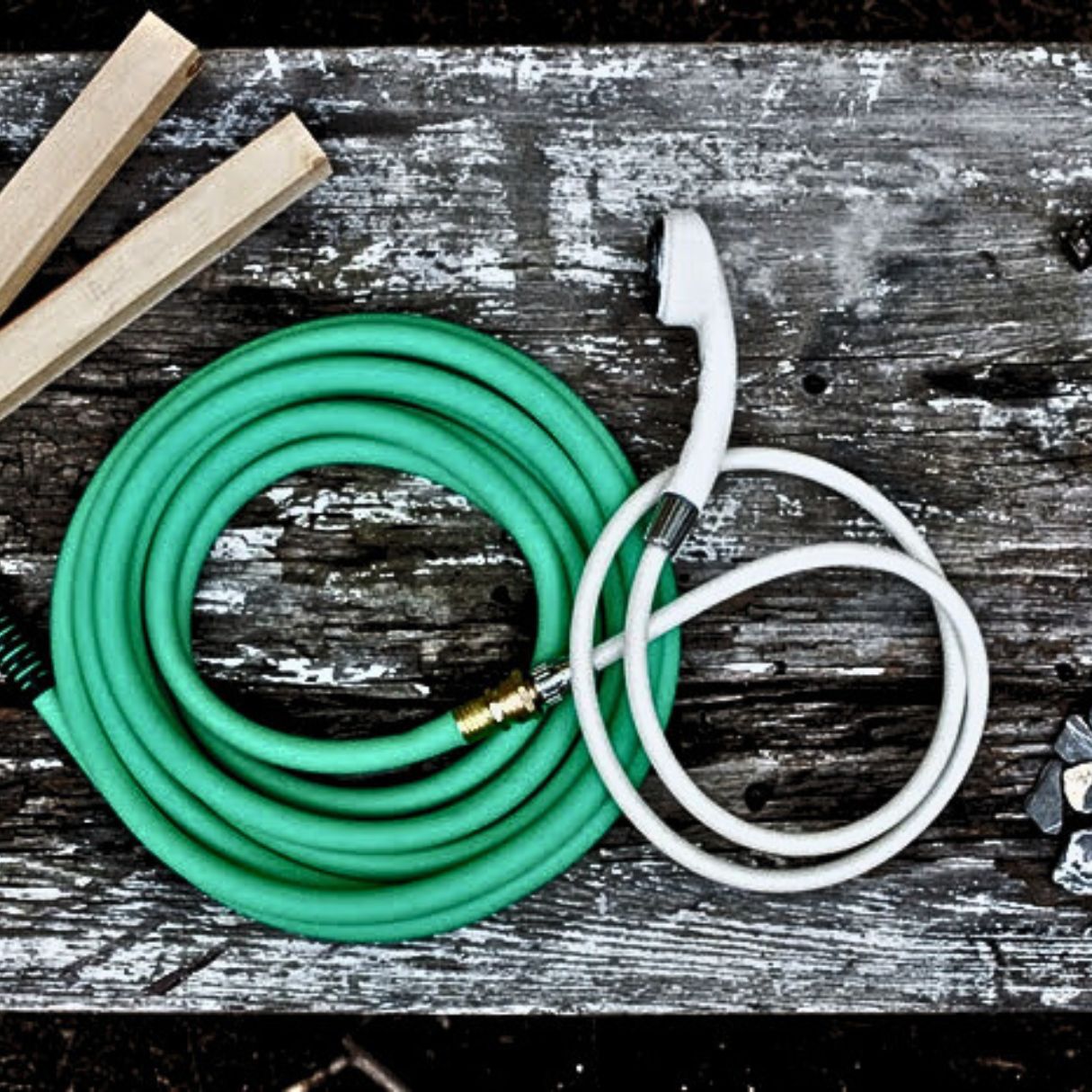
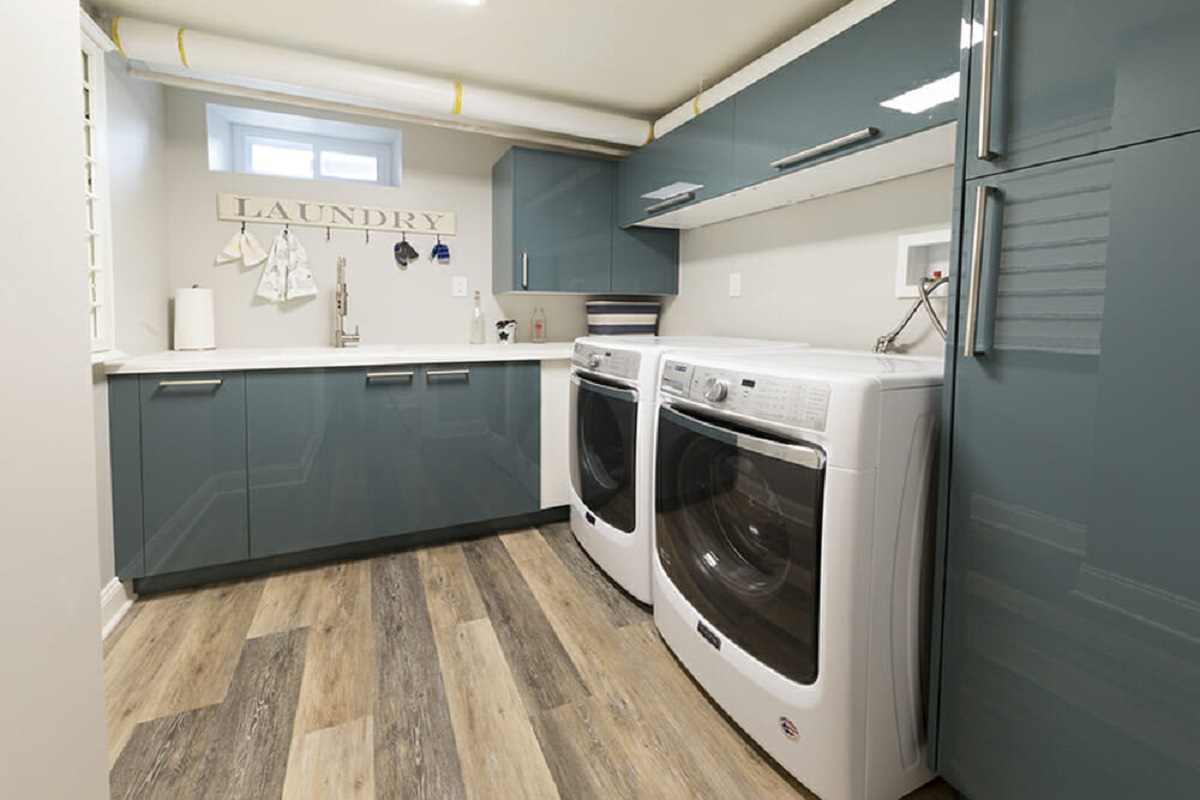
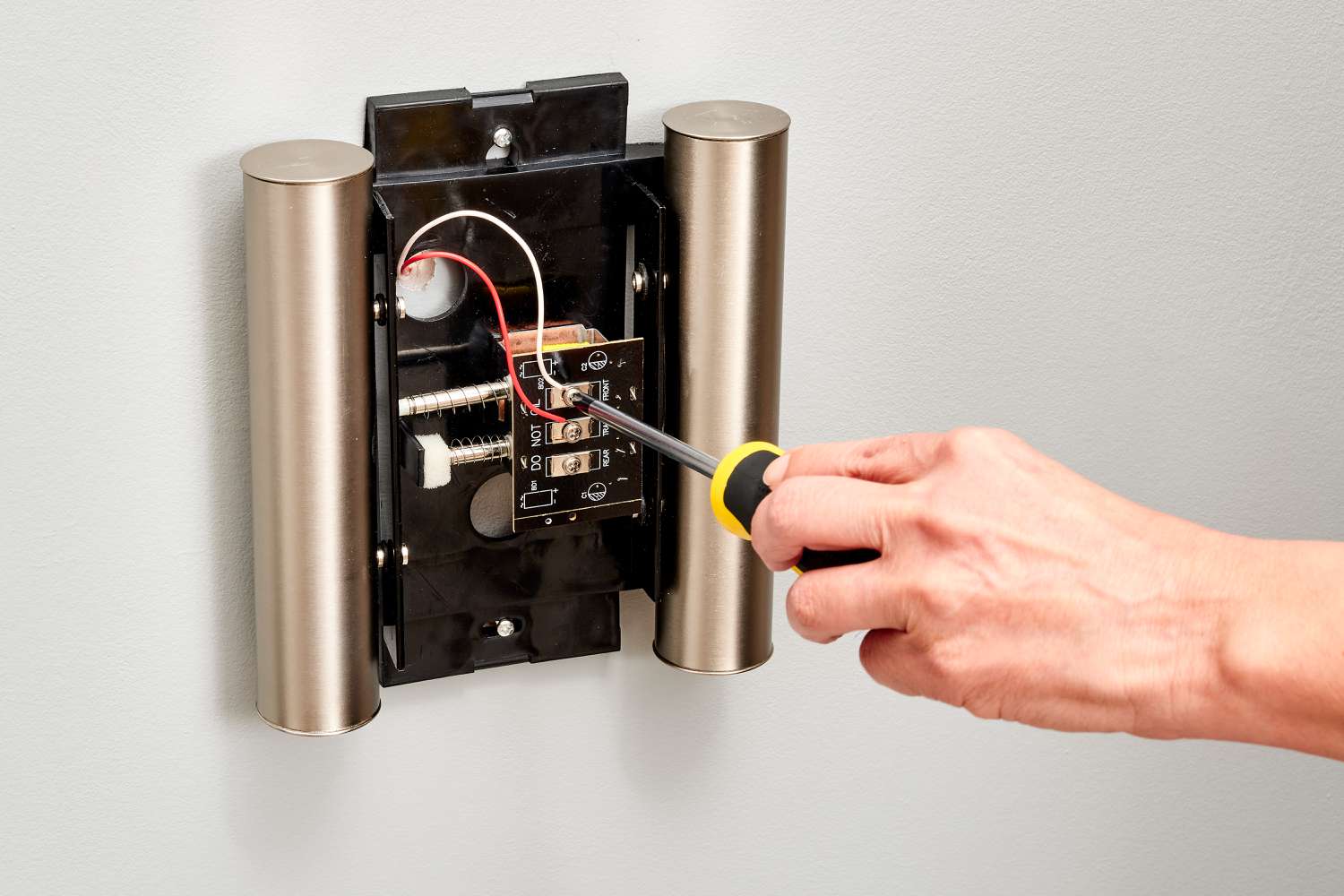
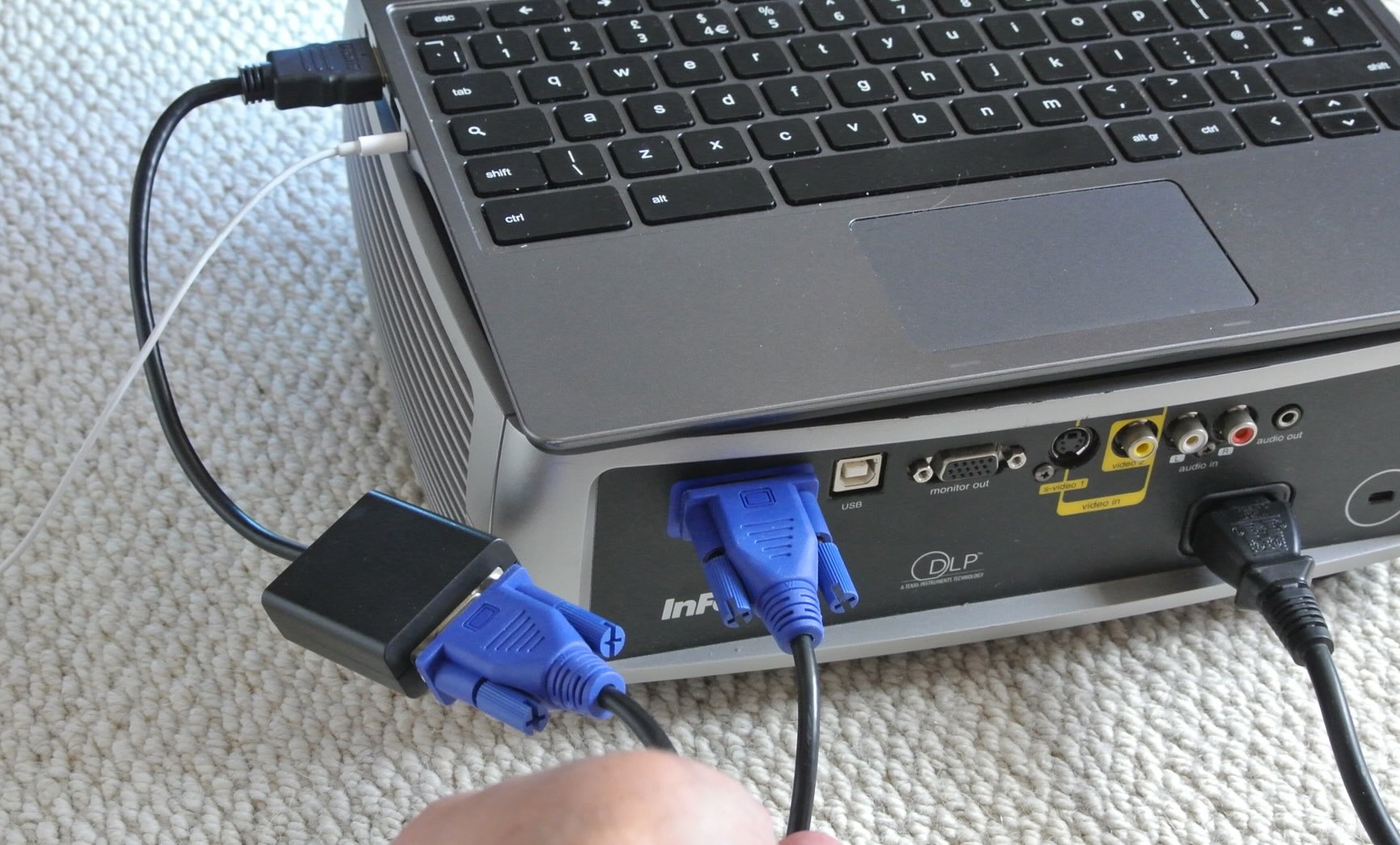
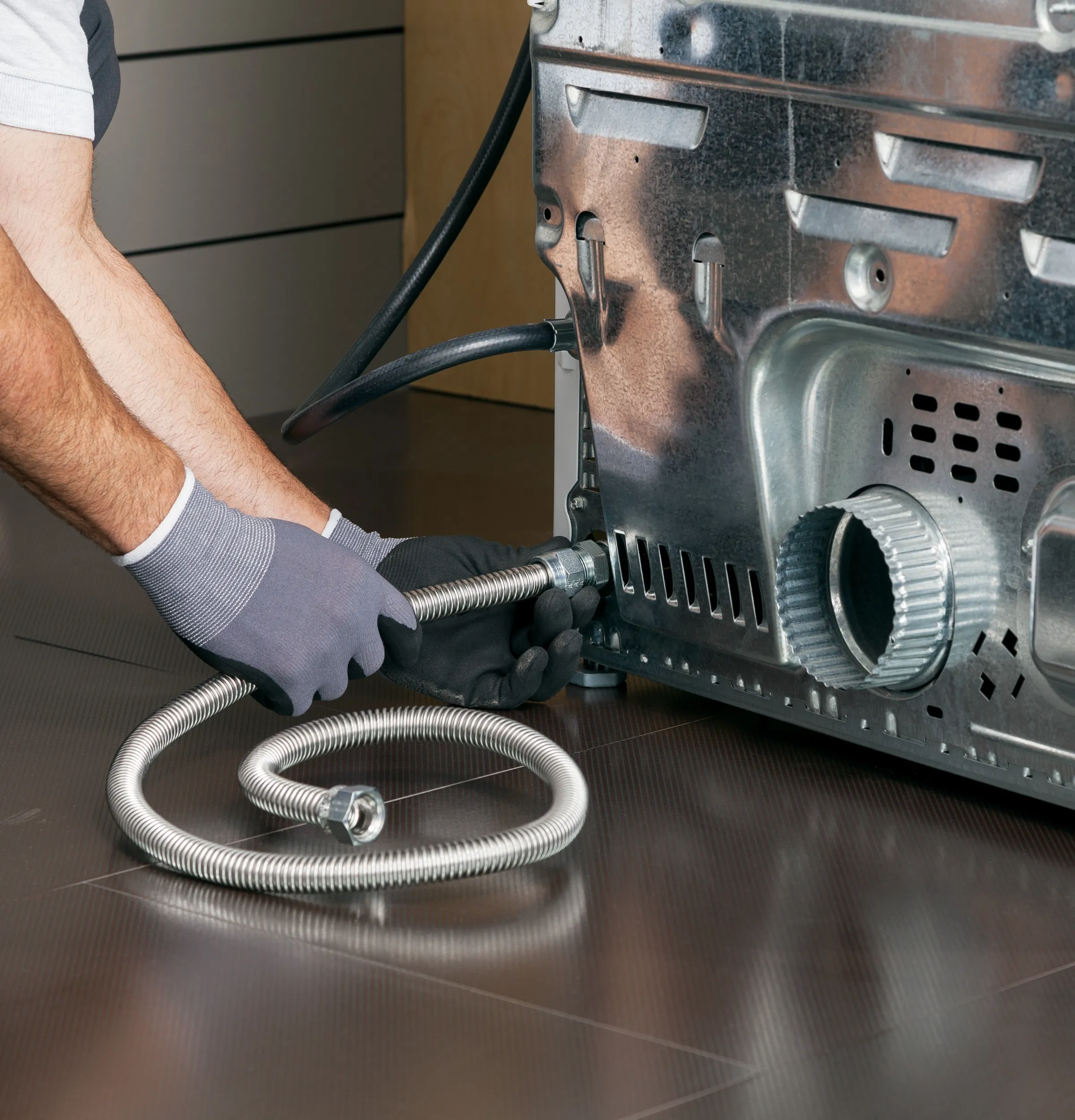
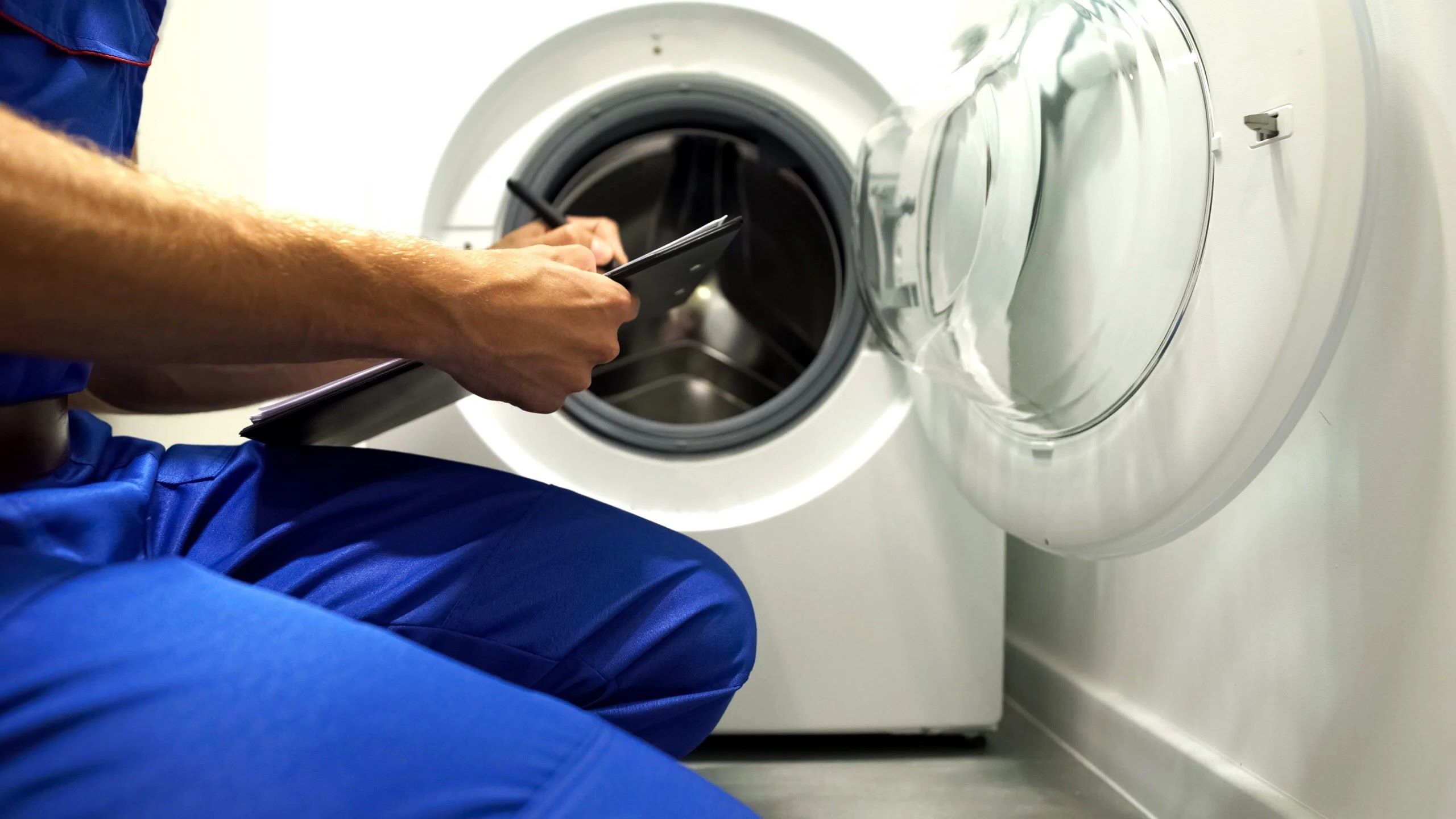
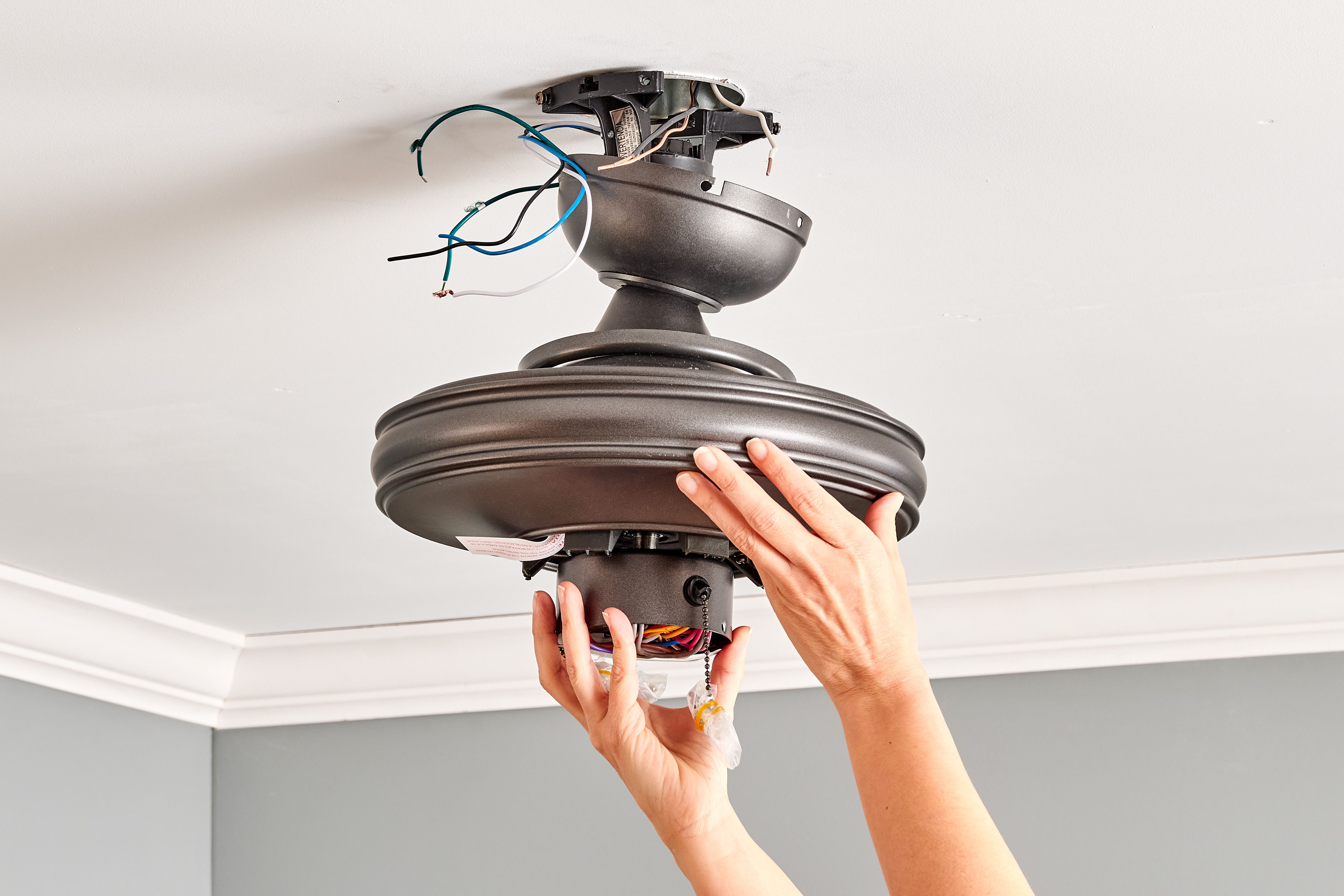
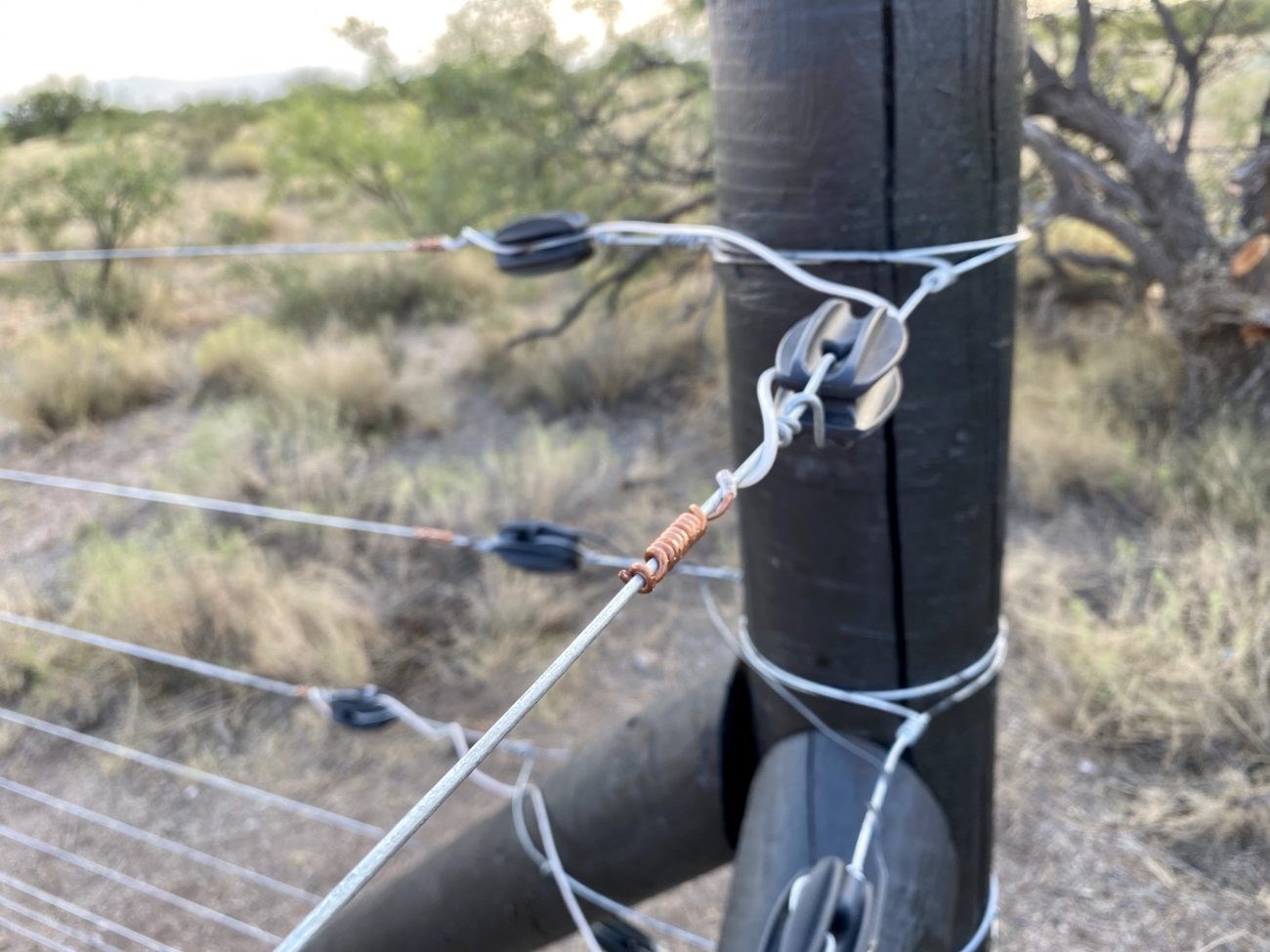
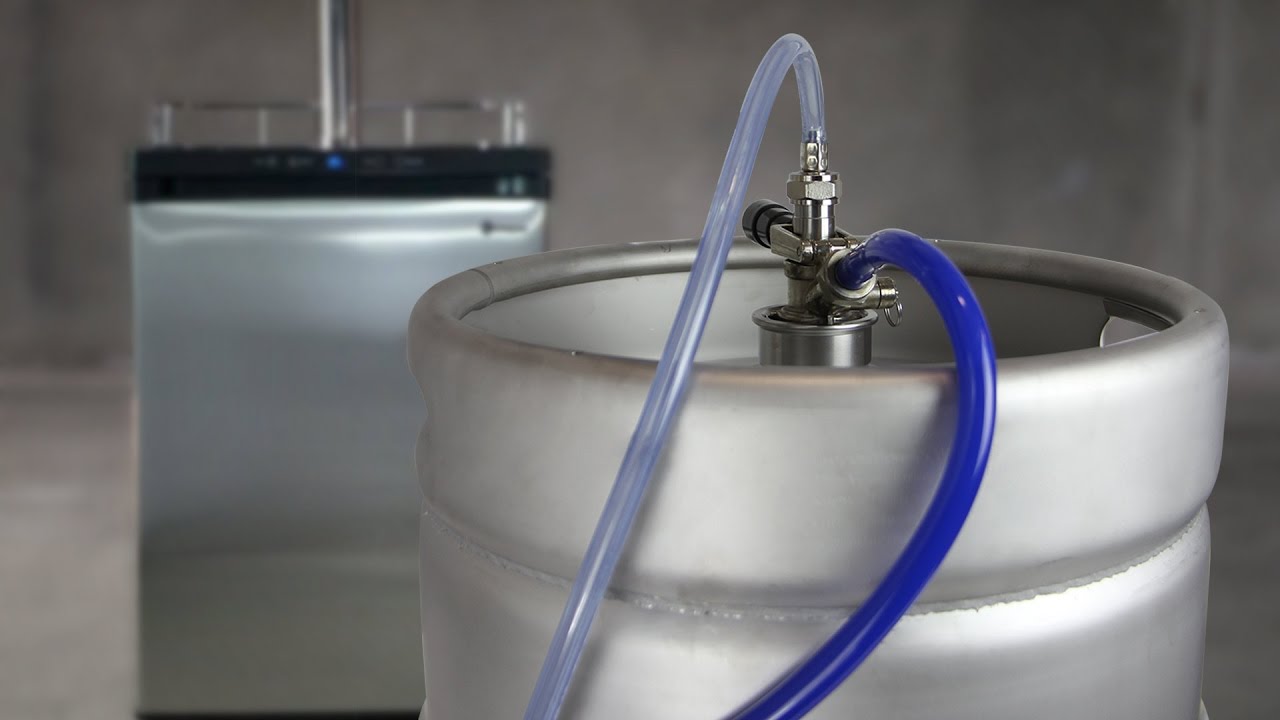
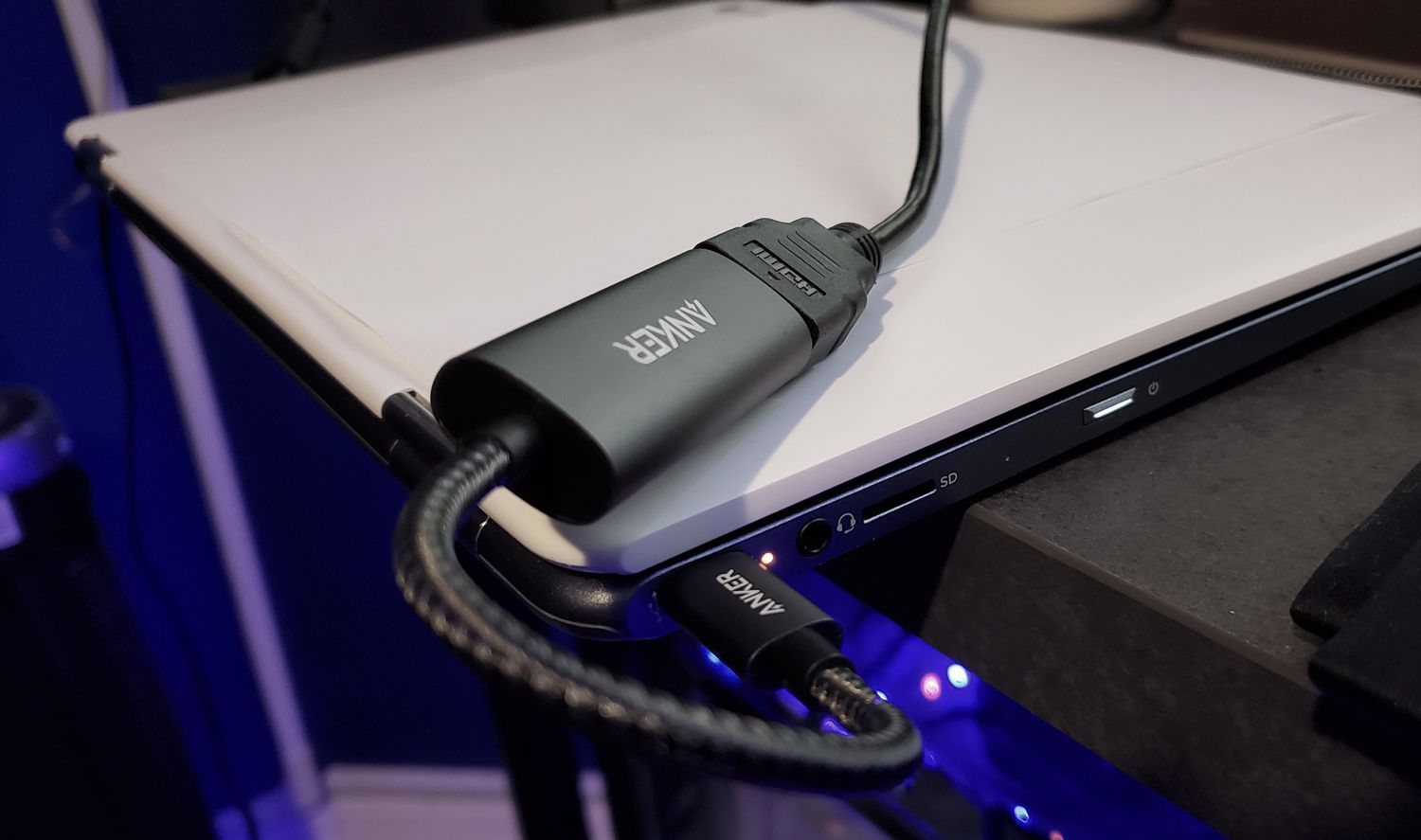
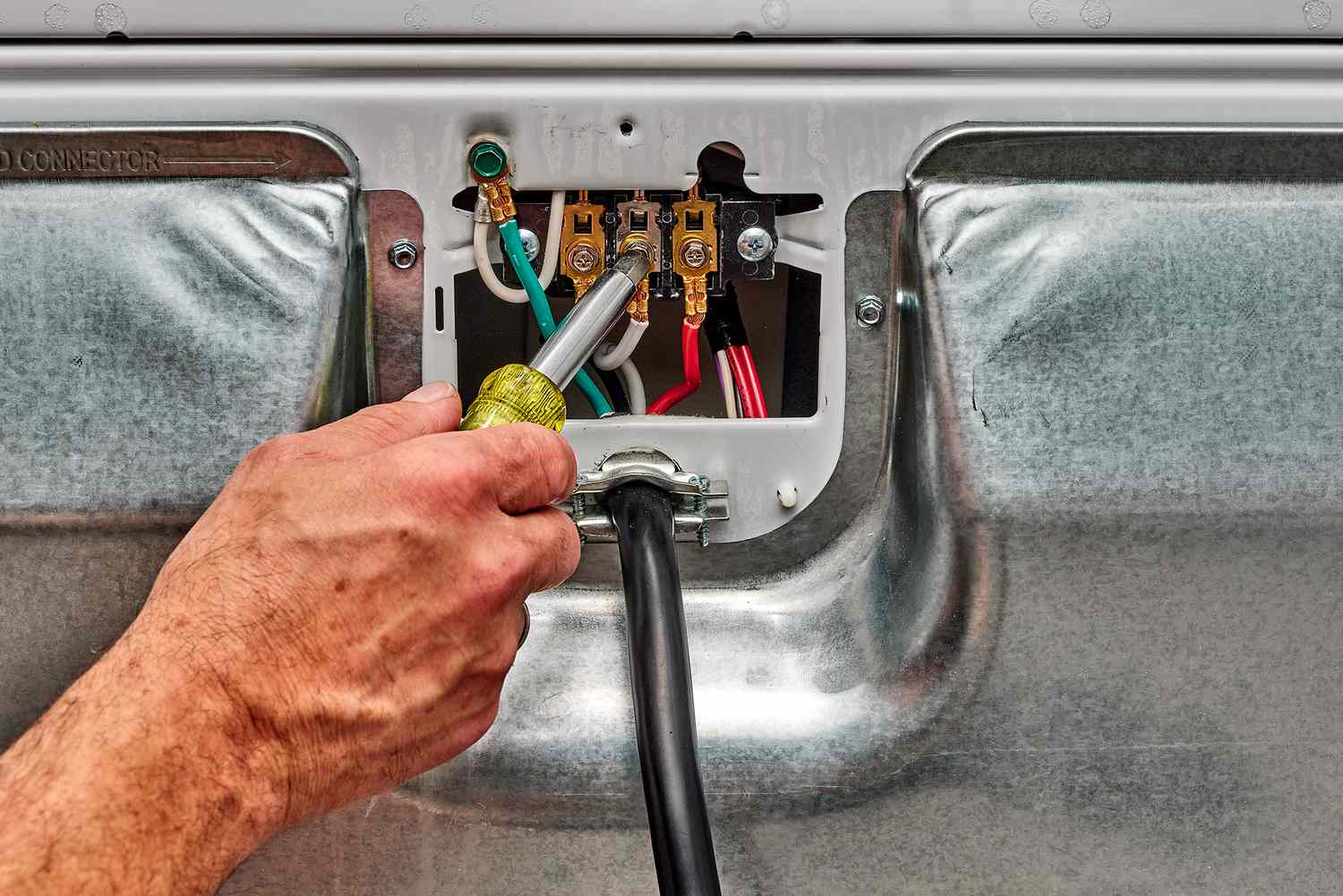
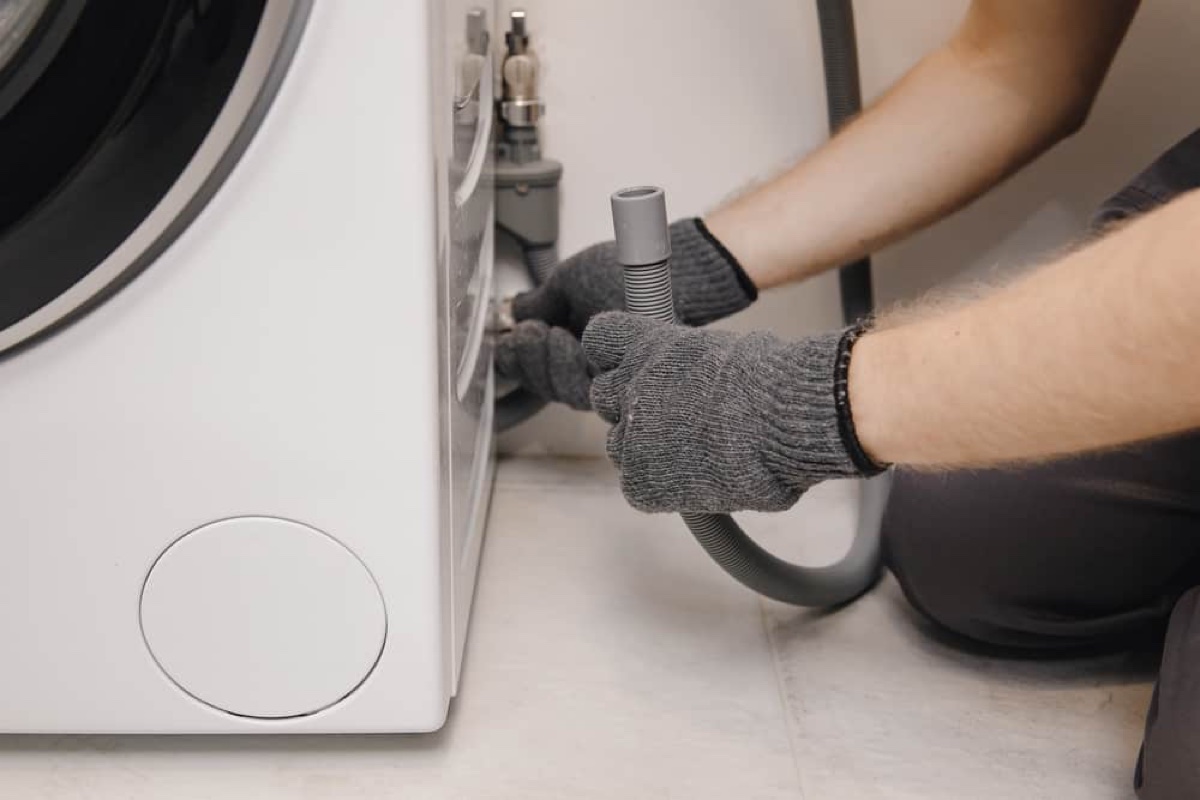
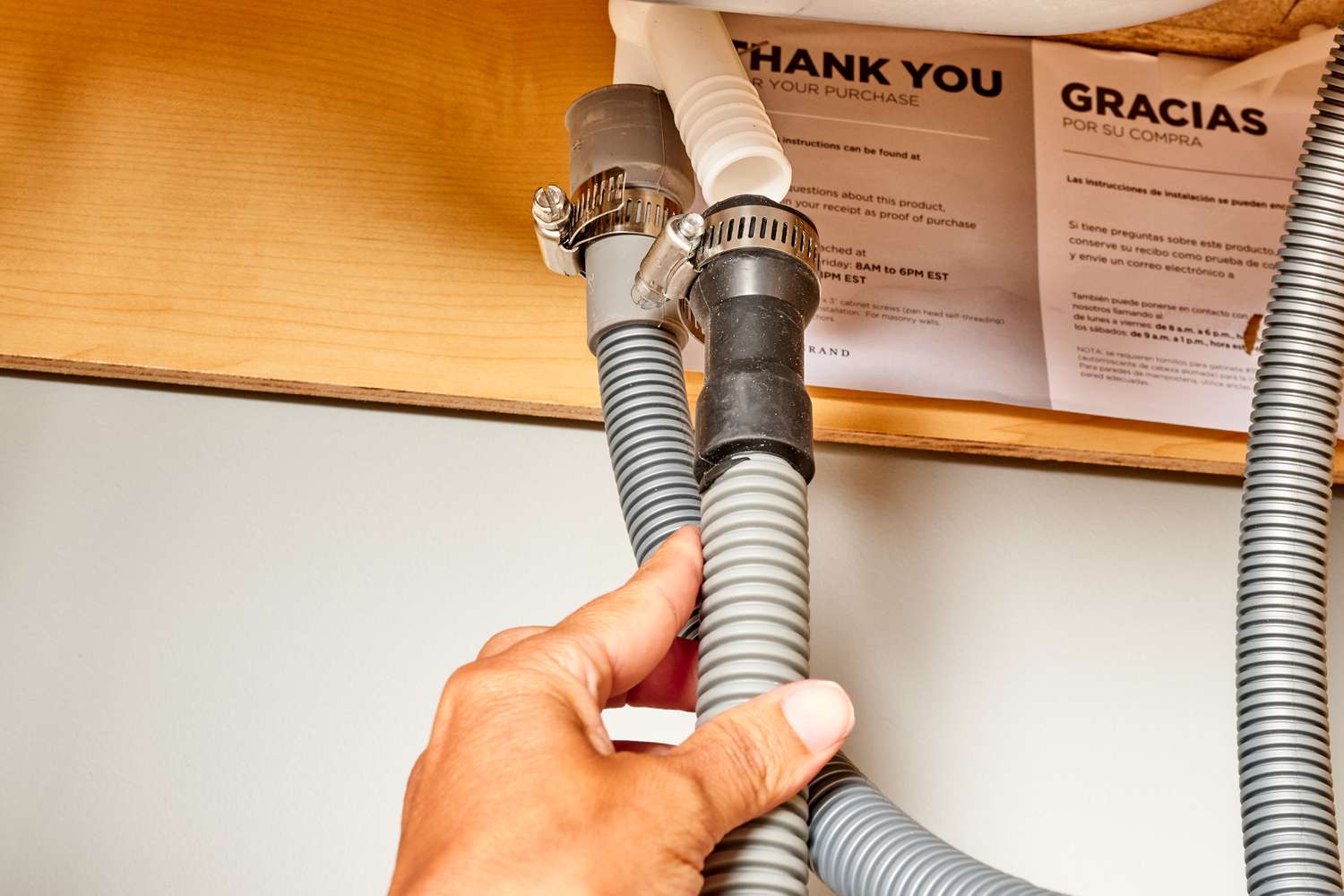

0 thoughts on “How To Hook Up Washer Hoses”